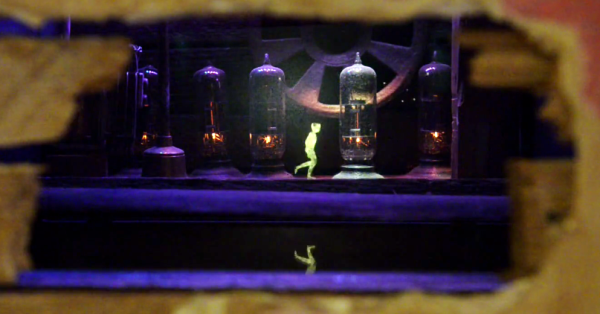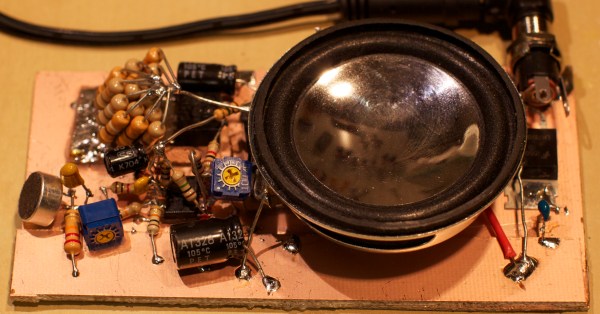The tubes you’ll find in guitar amps and high-end stereos were first designed in the 30s and 40s, and when you get to really, really advanced tube technology you’d be looking at extremely small tubes made in the 70s for military applications. For 40 years, there really haven’t been many advances in tube technology. Now, at last, there’s something new.
The Nutube 6P1, as this curious invention is called, is a full triode or half of a 12ax7 you’ll find in just about every tube amp ever. Unlike the 12ax7, it consumes 2% of the power required of a normal tube, is 30% of the size of the normal tube, and lasts for 30,000 hours.
This new tube-chip thing was brought to life by Korg, makers of fine musical equipment and Noritake Co., manufacturers of vacuum fluorescent displays. There’s no word on what these tubes will be used in and there’s no data sheet. There will be further announcements this year, so don your speculation spectacles and head to the comments.
















